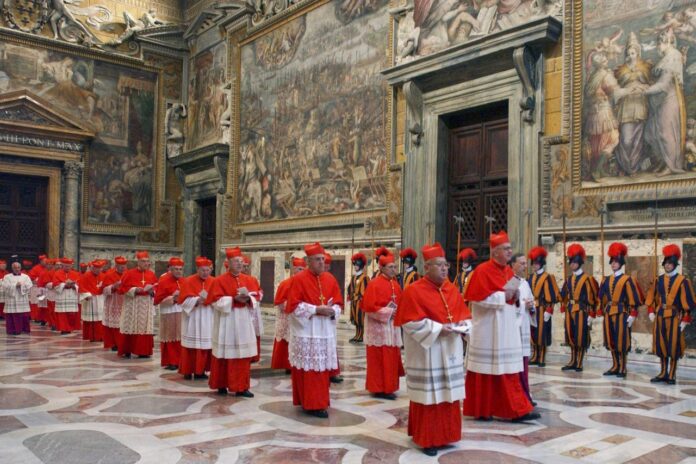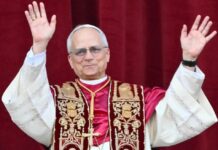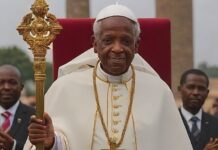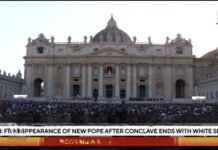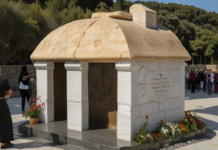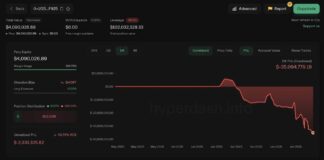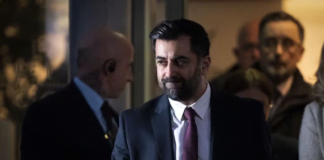As the world mourns the passing of Pope Francis, the Catholic Church prepares to undertake one of its most sacred and historic rituals—the election of a new pope. This process, known as the Papal Conclave, remains largely unchanged for more than eight centuries, rooted in tradition, solemnity, and secrecy.
On April 18, 2005, the world watched as Catholic cardinals in their red vestments walked in a solemn procession toward the Sistine Chapel, ready to participate in the sacred rite that would eventually elect Pope Benedict XVI. Now, in 2025, a similar scene is set to unfold, as the College of Cardinals prepares once again to gather under Michelangelo’s frescoes in Vatican City.
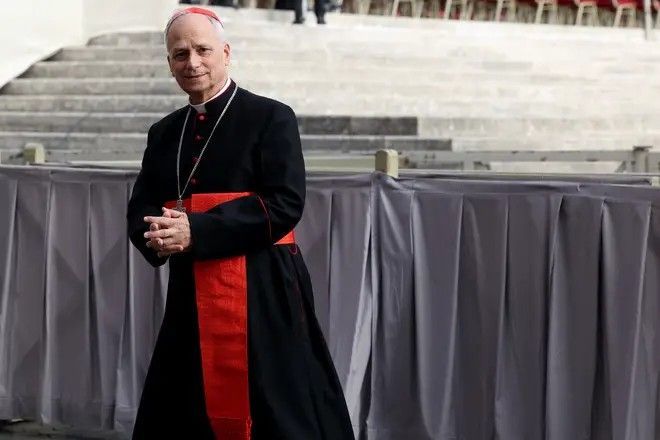
The word conclave comes from the Latin cum clave, meaning “with a key.” This name reflects the literal lockdown that cardinals undergo during the voting process—they are sequestered within the Vatican, completely cut off from the outside world until a decision is reached. Phones are surrendered, outside communications are blocked, and even electronic signal-jammers are employed to prevent leaks.
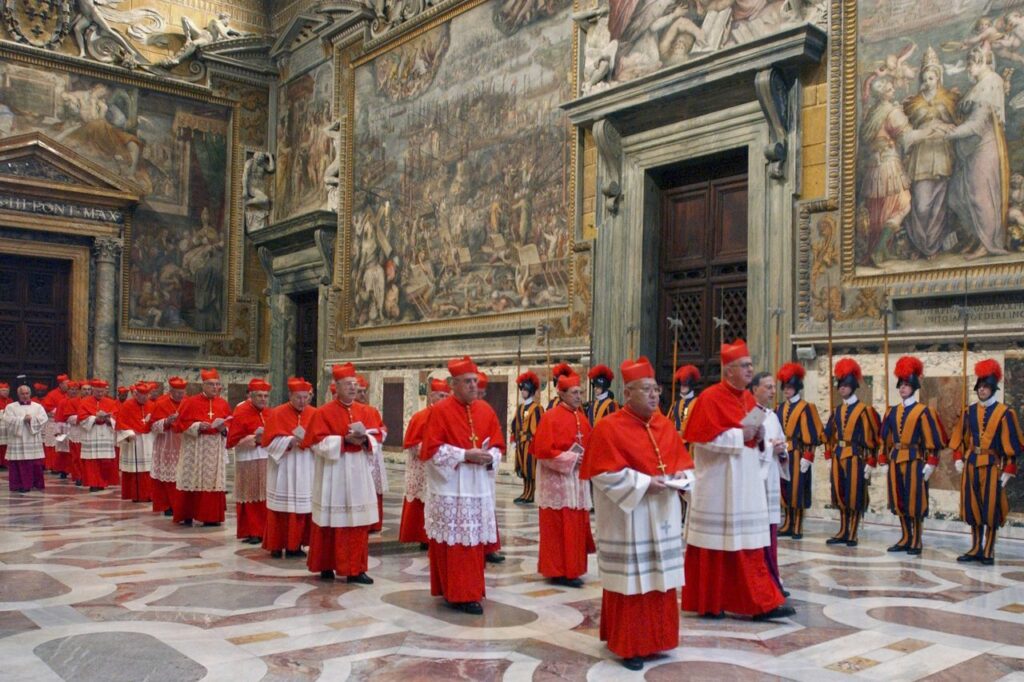
Contrary to popular belief, the conclave is not a singular event but a complex series of ballots and discussions designed to ensure that the elected pope has the support of a significant majority of the electors. Only cardinals under the age of 80 are eligible to vote, and the number of eligible voters is usually just over 100.
Voting is done on paper ballots, and a two-thirds majority is required for a successful election. After each round of voting, the ballots are burned in a specially designed stove in the Sistine Chapel. Black smoke, created by adding chemicals to the burning ballots, signals that no consensus has been reached. White smoke, however, heralds the joyful news: Habemus Papam—“We have a pope.”
What sets this process apart is its blend of spiritual discernment and human deliberation. Cardinals are urged to pray, reflect, and seek divine guidance in their decision-making. Politics and personal ambition are expected to take a back seat to the Church’s mission and global responsibility.
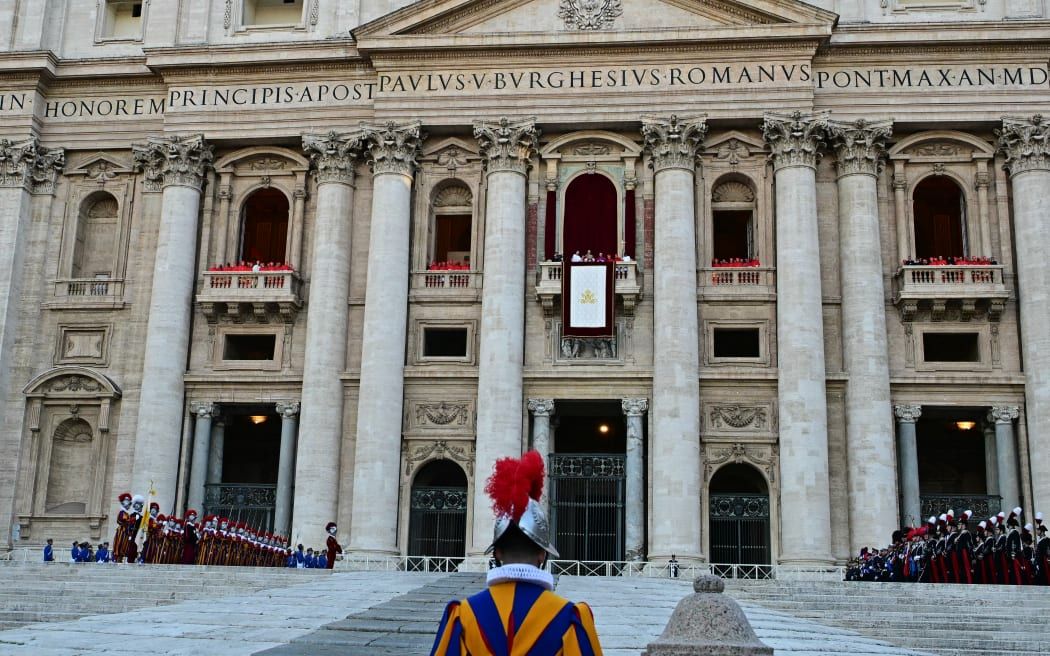
The next conclave, following the death of Pope Francis, will be watched by billions of Catholics and non-Catholics alike. In an era where global challenges—from climate change to war, poverty, and technological disruption—continue to shape our world, the next pope will not only be a spiritual shepherd but also a global moral voice.
The conclave, with all its ancient rituals and timeless gravitas, remains a powerful reminder of the enduring legacy of the Catholic Church—and the weight of the decisions made behind those closed doors.
Read Disclaimer
Disclaimer: The information provided is not trading advice. danchima.com holds no liability for any investments made based on the information provided on this page. We strongly recommend independent research and/or consultation with a qualified professional before making any investment decisions.
